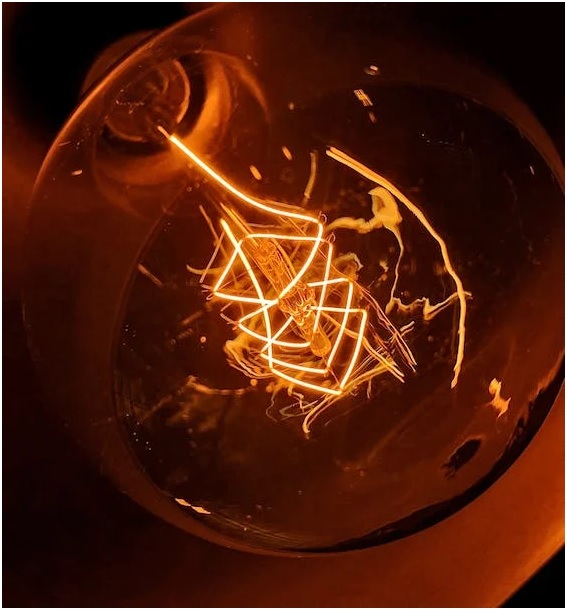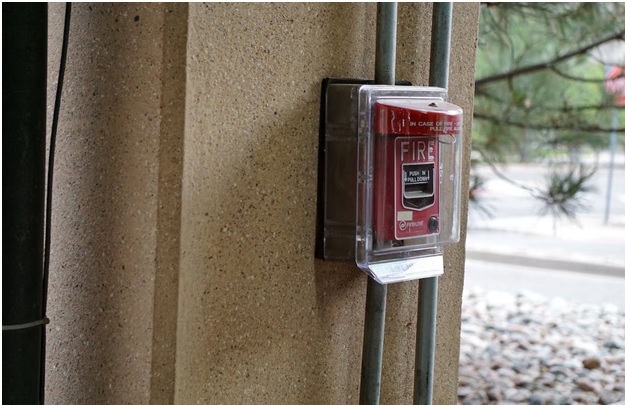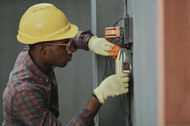An Electrical Wire and Cable Glossary
6th Apr 2023
Wondering what those electrical terms mean? Check out this reference guide and get in touch with us if you need additional assistance.
- ABYC: American Boat and Yacht Council, a publisher of technical information for boaters. If looking for marine battery wire, get ABYC, UL, and USCG-approved wire.
- AC: Alternating current, current that continuously changes direction and is measured in cycles per second or hertz (Hz).
- Ampacity: The maximum current a wire can carry.
- Ampere: Or amp (A), the unit of current. One amp will flow through a conductor at one ohm of resistance at one volt of potential.
- Annealed Wire: Wire that has been heat-treated to improve its flexibility, malleability, and ductility.
- ANSI: American National Standards Institute.
- Anti-Oxidant: A treatment that improves resistance to oxidation.
- Anti-Ozonant: A treatment that improves resistance to the damaging effects of ozone.
- Armored Cable: Cable with a protective metal sheath.
- AWG: American Wire Gauge, which gives the thickness of wire. As gauge increases, thickness decreases.
- Breakdown Voltage: The voltage at which insulation fails and current will arc from one conductor to another.
- Building Wire: Wire used for general purpose power applications, generally rated at 600 volts, as in 600-volt wire.
- Buried Cable (Direct Buried Cable): Cable buried underground without the protection of a conduit.
- Cable: A group of individually insulated conductors in parallel within a common sheath.
- Capacitance: The storage of an electrical charge between two separated plates with different potentials. The value depends on plate surface area and distance.

- Circuit: A closed loop of conductors around which an electrical current can flow.
- Conductor: A material that carries a current. Conductors are typically made of metals like copper or aluminum but can also be made of other materials.
- Conduit: A protective enclosure for cables and wires, which can shield them from the elements and EMI, or electromagnetic interference.
- Cross-linking: The process of creating intermolecular bonds between long-chain polymers, which can improve their electrical properties.
- Current: The amount, measured in amps, of electricity flowing through a conductor.
- Current-carrying Capacity: See ampacity
- Dielectric: An insulating material that allows electrostatic attraction or repulsion to occur across it.
- Direct Current: A current that flows in one direction only, as opposed to AC.
- Drain Wire: An uninsulated conductor used as a ground.
- Elastomer: A rubber-like material that exhibits high flexibility; some electrical wire and cable insulators are made of elastomers.
- Electromagnetic Induction: The production of voltage in a coil produced by the changing the number of magnetic lines of force moving through the coil.
- EMI: Electromagnetic interference, either competing electrical signals or energy that can scramble sensitive signals. EMI affects all electrical circuits but low-voltage communication and monitoring signals are particularly at risk of being scrambled.
- EPDM: Ethylene propylene diene monomer, a synthetic rubber commonly used as an electrical wire and cable insulator. It is used to insulate our flexible welding cable because it offers good wear resistance and protection against weather and chemical attack.
- ETFE: Ethylene tetrafluoroethylene, a material commonly used as electrical wire and cable insulation.
- Fatigue Resistance: The ability of a conductor to withstand crystallization on flexing, which helps prevent breakage.
- Fine-stranded Wire: A conductor that is very thin, usually 36 AWG or thinner. Thin strands guarantee higher flexibility, such as in flexible welding cable and marine battery wire.
- Flame Resistance: The ability of an electrical wire’s insulation to resist catching fire. Fire alarm cable must exhibit a high-degree of flame resistance.

- Fluoropolymer: Thermoplastics that are sometimes used as electrical wire and cable insulations. One example is Teflon.
- Foil Shield: A metallic shield surrounding an electrical conductor that helps to protect against EMI.
- Gauge: A term that denotes the thickness of a conductor. We use AWG, or American Wire Gauge. Thicker wires can carry higher voltage and current.
- Ground: A connection, usually a bare copper or green-insulated wire, between a circuit and the earth, that siphons off excess electrical energy if voltage spikes occur. This protects the circuit in the event of spikes, which could occur, for instance, as a result of a lighting strike.
- Hertz: A frequency measured in cycles per second, applied to AC.
- High-Voltage: Usually refers to a wire or cable with a voltage rating of greater than 600 volts. Defer to manufacturer specifications.
- Instrumentation Cable: Cable, typically low-voltage cable, used for monitoring and instrumentation, such as of fire alarm systems and security systems.
- Insulation: Material that encloses and protectors an electrical conductor against outside elements and interference.
- Jacket: Another term for insulation.
- KV: Kilovolt, a measurement of 1,000 volts.
- Loss Factor: Applicable to insulation, given by its dielectric constant and dissipation.
- Magnetic Field: An area in which a current experiences the effects of magnetism.
- Marine Battery Wire: Marine battery wire, also known as marine battery cable or marine grade wire, is extra flexible and made of thin, individually tinned copper strands. It is superior for use in marine environments due to its flexibility and corrosion resistance.
- Moisture Resistance: The ability of a material to resist the effects or ingress of moisture.
- Monomor: A basic chemical unit used to construct polymers, which are used in electrical insulation.
- NEC: National Electrical Code.
- NEMA: National Electrical Manufacturers Association.
- Nylon: A polymer used as electrical wire and cable insulation.
- Ohm: The unit which measures resistance, or how much a conductor “pushes back” against electrical current.
- Plenum: A space above a drop ceiling reserved for the passage of ductwork. Some cables are “plenum-rated” for use in this space.
- Polyethylene: A thermoplastic polymer that is often used as an electrical insulator due to its excellent mechanical, chemical and electrical properties.
- Polymer: A substance made of many linked monomers; many electrical insulators are polymers.
- Polypropylene: Also used as an electrical insulator, but it is stiffer than polyethylene and has a higher melting temperature.
- Polyvinyl Chloride: PVC, also used as an electrical insulator.
- Rated Voltage: The maximum voltage at which a material can operate without breaking down or arcing.
- Resistance: The amount, measured in ohms, that a resistor pushes back against electrical current.
- Semiconductor: A material with properties of both an insulator and a conductor.
- Sheath: A material that encloses and protects electrical wires and cables.
- Shield: A material, typically metal, that blocks out EMI.
- Temperature Rating: The maximum temperature at which a material can operate without breaking down.
- Tray Cable: Tray cable is cable rated for use in trays as opposed to conduits.
- UL: Underwriters Laboratory,
- Voltage: Electrical potential, measured in volts.
- Voltage Drop: The amount of voltage loss within a circuit, from the input to the output.

- Wire: A filament of drawn metal, often used as an electrical conductor.
Marine Battery Wire and More
Looking for high-quality electrical wire and cable? Get in touch with us at Sales@EWCSWire.com or at 800-262-1598 and we will help you find what you need.

